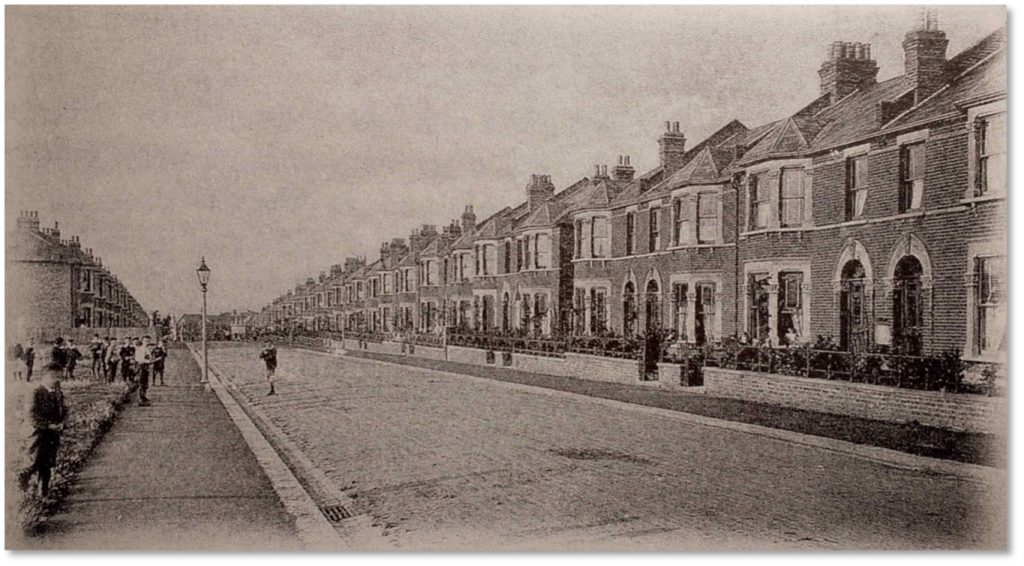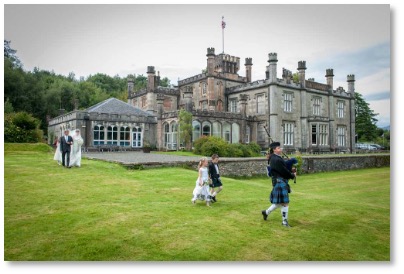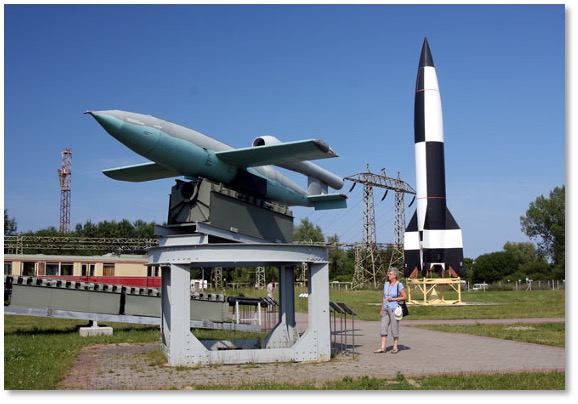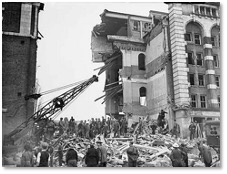“A Lost School”

Hafton Road c. 1905
Background
Hafton Road is one of the shortest streets on the Corbett estate. It lies on the south eastern corner and runs from Hazelbank Road to Dowanhill Road and is close to Hither Green Cemetery. Corbett named the road after a Scottish stately home which stands not far from his family’s former holiday home on the West Coast. Hafton Castle was built in the 1820’s and is still standing today – you can get married there.

Hafton Castle, Dunoon, Scotland
The Early Residents: details from the 1911 Census
With just 51 houses, Hafton lies in joint third place of the smallest roads of the Estate. Of the 217 people living there in 1911, 54% were female and the average number of people in each house was 4.25. Five houses had seven occupants, the largest number for this street, compared with a maximum of 13 in one of the smaller houses on Sandhurst Road. Fully 98% of the households contained a married couple, which wasn’t unusual given the demographic Corbett aimed the houses at. There were 48 girls and 41 boys under 21. Nine houses had a servant. 10% of the houses contained a lodger. Of the 51 heads of household, only three were women.
Perhaps the most unusual surname on the road was Tripcony, belonging to a family of three, consisting of a husband, wife and daughter. Frank Tripcony is described as being a Secretary to a Private Gentleman. The most common first names for adults in the road were Edith and Frederick. Eleven families had a child named after one of the parents: four were mother and daughter and the rest were father and son.
67% of the residents had been born within the current Greater London Area, which is a similar figure to other roads on the Estate; the residents born furthest afield were from New Zealand and America. The oldest person in 1911 was Mrs Catherine Lansdall, aged 82, who lived with her husband Henry (aged 81) and two children (Catherine, 58, and George, 53) at No. 7.
Many residents were employed as clerks in insurance, law, banking and on the railways, with others in the book trade and warehousing. There was an Actress, a Theatrical Manager, a Watch and Clock Maker, an Optologist (the old word for an Optician) and several commercial travellers. Some of the more unusual occupations, by today’s standards, were Domestic Coachman, Hop Factor and retired Paper Marbler (a paper marbler is someone who does aqueous decorations on paper that have the appearance of marble).
A long-lost school
At the Hazelbank Road end, there is a gap where no houses were built but there is an area of allotments. We think the gap was destined to be a large school at one point, but in fact only a small temporary one was ever built. One of the early residents of the Estate, Harry Sutton, wrote a memoir in which he recalls walking from his home in Arngask road to the new school: “I started school at the LCC (London County Council) Kindergarten in Hazelbank Road. It was a corrugated iron erection built on the allotment plot between the end of Wellmeadow Road and Hafton Road. This was no ‘mornings only’ play group, like today, but full-time instruction in the three Rs and much else from 9 to 12pm and 2 to 4pm”.
The site was later used to grow food during the second World War, and it remains a popular local allotment amenity.
Second World War bomb damage on the Corbett Estate
Hafton Road was one of many on the Estate which suffered extensive damage during the Blitz in the Second World War. One reason for heavy bombing in the area was the proximity of the railway line connecting London to the south coast, which soon became a target for German bombers, and much of the surrounding area suffered collateral damage. Incendiary bombs, V1 flying bombs and V2 rockets also had a major impact on houses, the hospital, the cemetery and the railway sidings. V1 flying bombs, also known as buzz bombs or doodlebugs, exploded on impact and the blast was highly destructive. V2 rockets were much larger and were so fast and quiet that there was no warning of their approach. This had the effect of terrifying the population as well as causing immense damage.

A V1 rocket in the foreground, and behind it a V2
Five V1 rockets landed on the Estate in total (Hazelbank, Ardoch, Arngask, Broadfield and Springbank/Wellmeadow were all hit), but only one V2 rocket, which hit houses on Hafton Road. On 10th December 1944 it destroyed Nos 41 to 45, killing ten people and injuring another 20.
The worst wartime incident on the estate occurred on 20th January 1943, when Sandhurst Road school took a direct hit from a German Focke-Wulf fighter-bomber aircraft in the middle of the day, killing 38 children and six teachers, and injuring another 61 people.

Sandhurst Road School in 1943
If you look carefully, all around the estate you can see patches of newer houses built after the war on the same site as the ones which were damaged or destroyed.